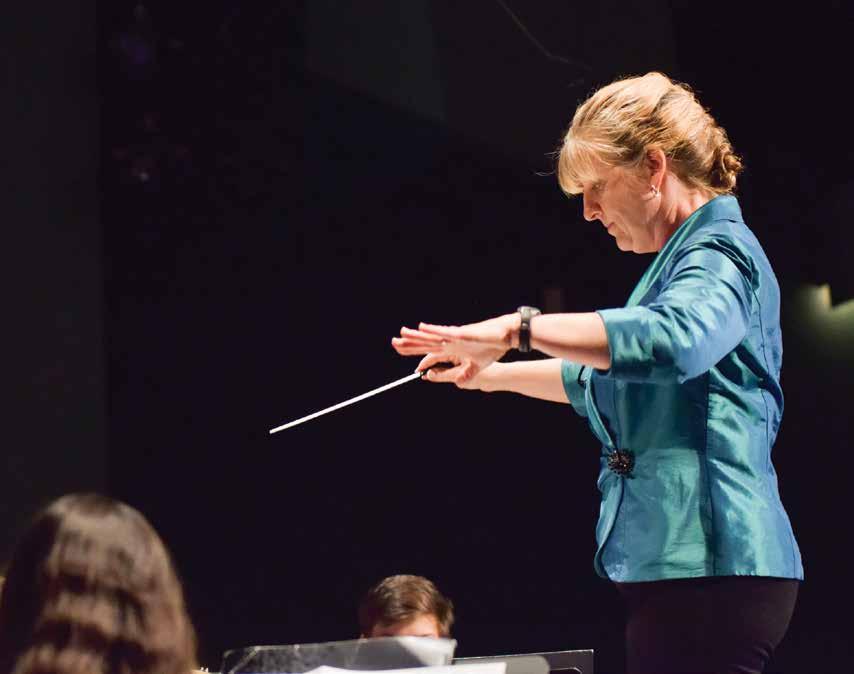
3 minute read
Thinking Like a Scientist: Learning How to Process and Share Data
By Simon Keilty, eighth-grade science teacher and Green Team advisor; and Sarah Klingler, eighth-grade science teacher and Water Quality Club advisor
Is this household product a pollutant? How does that pollutant impact a living thing? How can I reduce my waste stream? How can I sustainably boost the yield of a food crop?
These are the kinds of queries our students make when they design and conduct science experiments that encourage them to ask questions and prove solutions to real environmental problems. To do this, students must first learn to identify and analyze data, then use that data to draw conclusions and make sense of what is happening in the world today. Teaching environmental science offers us the very real opportunity to develop these necessary next step skills in our students.
Preparing our students for this, we build on the science process skills and the love of science developed in the early days of Lower School, as well as the foundational skills of the scientific method developed in the early Middle School years. Middle School science teachers work collaboratively to ensure students are honing their CER (Claim, Evidence, Reasoning) skills into increasingly more complex data analysis and lab report writing. And to ensure students are fully ready for ninth grade, we have conducted summer research and development projects with Upper School biology and chemistry teachers to identify common skills and language that support each student. We also use interdisciplinary and department meetings to collaborate with Middle School math teachers and align science and math skills.
—Neely Kaydos-Daniels ’91, Director, Influenza Program, Central America at Centers for Disease Control and Prevention
Thinking like a scientist
In eighth-grade environmental science, we teach students to organize, visualize, and analyze the data they collect. This is done within the Microsoft 365 suite on their iPads. The labs they design and conduct address environmental problems around them. While some of these inquiries can be answered by students in 5 to 7 days, others, like the crop lab, take 4 to 6 months. When students are asked to work persistently through long-term labs, they learn to think and work like scientists. As we increase their exposure to data and encourage them to look at the numbers, they begin to learn how to see the patterns. To visually represent these patterns, eighth-grade students learn how to use Excel to build their data tables and graphs. Learning this tool is important for their transition to Upper School science courses.
Sharing information is a part of the nature of science, and students develop this skill through the lab report writing process. They learn to analyze data in the early years of Middle School science, writing full lab reports in eighth grade. By sharing scientific data in the form of a lab report, they practice the language of science, further improve their expository skills, and learn to explain the impact of the data. They complete four, full lab reports during their eighth-grade year, gaining feedback during the process and making improvements. These young scientists leave Middle School empowered for their next steps, ready to fine-tune their lab report writing further in Upper School.
Science is meaningful if it is relevant and real. Studying environmental science helps students see how we as humans impact our Earth and how that can change. Our goal in eighth-grade science is to create opportunities for students to use real data to lead to indelible environmental changes on campus and in their lives.











